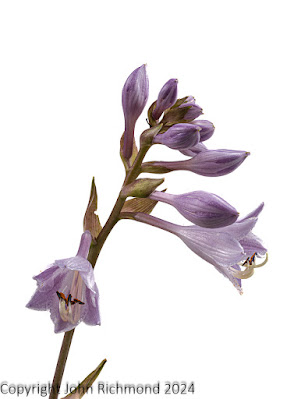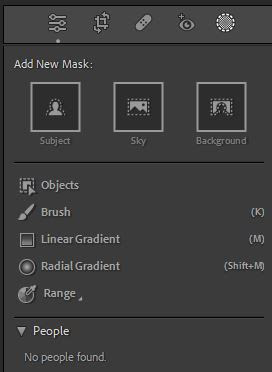Lichens
Curious things lichens, composite organisms where green algae or cyanobacteria live among fungal threads in a mutualistic relationship. Neither plant nor fungus, they're a complex symbiosis that can cover large areas of suitable substrate when conditions permit. And the wet South West of England certainly does permit. So I get plenty of opportunities to photograph them. Though, I have to admit, I can't identify most of them.
Take these two images of an assortment of fruticose (bushy) and foliose (leaf like) lichens growing on the trunk of Styrax hemsleyana in the cool, damp environment of the edge of Dartmoor air at The Garden House:
They're almost a mini jungle in their own right, using the fissured bark of the tree for support but not sustenance, and supporting smaller organisms such as nematodes, mites and springtails which feed on the lichen growth.
At their most spectacular, some Usnea species even produce long, dangling strands hanging from tree branches in a similar way to Spanish moss in the Southern states of the USA.
This growth habit requires constantly damp air and lack of pollution and the western edge of Dartmoor offers the ideal conditions. Hardly surprising, the area was once covered in temperate rain forest, although only remnants still persist but still offer suitable conditions for this type of epiphytic growth.
The growth of all of these is definitely three dimensional and, because of their size, requires focus bracketing and stacking to really capture the full beauty of these lichens or lichen groups. This image, of one of the lichens I can identify - it's Ramalina farinacea - shows the complexity of the fruticose branching form, set alongside the early spring flowers of the cherry Prunus campanulata 'Felix Jury'.
They do make lovely subjects - and are often at their best at a time when there's not much else to photograph in the winter landscape. I've shown this one previously - but it's worth showing again just to illustrate the complexity of a shrubby form - even if I'm not sure which lichen it is.
Time to get the identification keys out yet again, methinks.







































